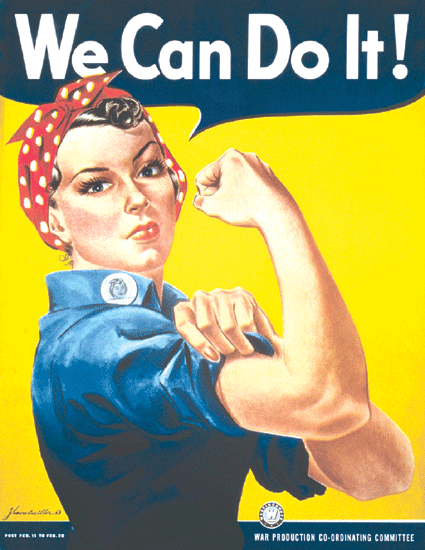Rise of the Femme Fatale in Hollywood
BY DERYA SONER (MBG/III)
a_soner@ug.bilkent.edu.tr
"Femme fatale" is French for "deadly woman," and that is exactly what these ladies are. They use their charm and wit to seduce men and use them to get what they want. The most famous and ancient examples of femme fatales are perhaps Aphrodite and Cleopatra. Aphrodite, the beautiful Greek goddess of love, is the ultimate seductress. In the myth of the Judgment of Paris, three goddesses, Hera, Athena, and Aphrodite, battle for the golden apple. They choose Greek Paris as their judge. Aphrodite knows exactly what a man wants, and she promises Paris the love of the most beautifulwoman on Earth, Helen of Troy. Aphrodite gets her golden apple, and she can't be bothered by the fact that Helen's love for Paris eventually causes the Trojan War.
 Cleopatra, on the other hand, was not particularly beautiful, but she was exceptionally intelligent and alluring. A gifted linguist, Cleopatra was able to speak at least eight languages. She was married to her brother by Egyptian custom, but she betrayed him and became the mistress of Caesar. She got herself delivered to Caesar's palace wrapped up in a carpet and then followed Caesar to Rome and bore his child. After Caesar was murdered, Cleopatra returned to Egypt and lured Marc Anthony into her web in order to get back her power over the Egyptian throne.
Cleopatra, on the other hand, was not particularly beautiful, but she was exceptionally intelligent and alluring. A gifted linguist, Cleopatra was able to speak at least eight languages. She was married to her brother by Egyptian custom, but she betrayed him and became the mistress of Caesar. She got herself delivered to Caesar's palace wrapped up in a carpet and then followed Caesar to Rome and bore his child. After Caesar was murdered, Cleopatra returned to Egypt and lured Marc Anthony into her web in order to get back her power over the Egyptian throne.
These two femme fatales were depicted in numerous movies, but Hollywood eventually generated its own femme fatales. These ladies were especially under the spotlight in the film noir style of the 1940s and 1950s. In these black-and-white film noir (literally "dark film" from the subject matter as well as heavy shadows) movies there was a central male character trying to solve a mystery, and there was a femme fatale that this central figure often fell for. The femme fatale acted vulnerable, but she ended up manipulating the central figure as she desired. In these movies the scenes were always dark and rainy, you almost never saw the sunlight, but you saw a lot of big cars, men wearing hats and trench coats, and women with long cigarettes.
But why was the femme fatale such an important figure after World War II? During WWII, most young men were away at war, so the women started working in the factories, building planes and producing ammunition for the war. They became the secret heroes of the war, and gained power and independence in the society. This change of balance in power gave rise to the recurring femme fatale figure in film noir as a way to sexualize, control, and demonize their new strength. Gilda, portrayed by Rita Hayworth in 1946, was later called "the ultimate femme fatale." The scene where she sings "Put the Blame on Mame" in a strapless black satin dress while slowly taking off her elbow-length gloves was a sensation at the time, and men were awestruck at her presence.
There were, of course, much more recent examples of femme fatales in Hollywood. The infamous character portrayed by Sharon Stone in Basic Instinct was able to seduce her way out of a murder charge. The character named Marla Singer from Fight Club, portrayed by Helena Bonham-Carter, was another infamous femme fatale who rarely let go of her cigarette. And Sin City featured a number of powerful, beautiful, and manipulative femme fatales. These last two movies were, in fact, considered neo-noir, since they had the essentials of film noir such as voice-over narration, a gloomy atmosphere, and femme fatales that slyly manipulated the male leads.